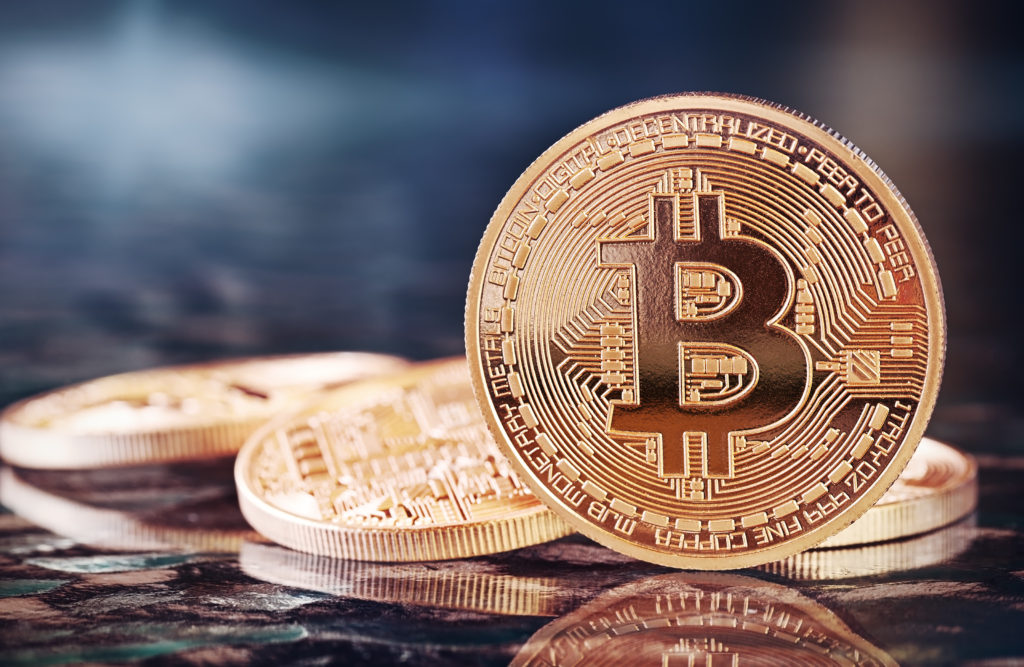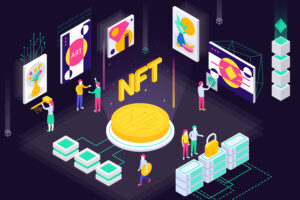
Unless you’ve been living in a cave lately, you’ve heard the B word uttered more than a few times. But what is all this talk of Bitcoin, and why is it causing so much hype? And while we’re on the subject… What is Bitcoin anyway?
Chances are, you’ve asked yourself or someone else that question on more than one occasion, but probably with unsatisfactory results. You know by now that it’s a currency, just like the dollar, except… nothing like the dollar.
You can’t physically hold Bitcoins, as they live only in cyberspace, and you probably wouldn’t be able to hold a handful of them anyway, since each Bitcoin is worth around $10,000.
If you keep hearing about people winning the cryptocurrency lottery and turning a few cents into millions of dollars, you might be tempted to take part.
Until you hear the other stories saying the Bitcoin bubble is about to burst and you decide to hold back.
So, let’s start at the very beginning.
What is Bitcoin?
Bitcoin is a digital currency, otherwise known as cryptocurrency. It was invented under the alias of Satoshi Nakamoto in 2009, with several goals. One, to cut out the middlemen (banks), as transactions can take place online from Bitcoin to Bitcoin with no fees and no delays. Small businesses don’t have to pay credit card transaction fees and we can do business internationally without converting currency.
Sounds pretty smart, right? Yes, but Bitcoin is not without its problems. Its decentralized nature means that no bank or institution controls the level of inflation, which means it’s highly volatile to peaks and troughs in value. What started out as a few cents on the dollar shot to a record high of almost $20,000 in December 2017 and then slumped back down to half of that within a few days.
Clearly, this makes stable business with Bitcoin currently impossible. And you may be asking, if one Bitcoin is so expensive, how are regular people getting involved?
Anyone can buy into Bitcoin because you don’t have to buy a whole Bitcoin; you can buy fractions of a Bitcoin, called Satoshi. Its skyrocketing value has led to many to call it “digital gold,” as most people treat Bitcoin as an investment and not a currency–at least, for now.
Types of Cryptocurrencies
Bitcoin isn’t the only cryptocurrency out there. You probably already know that. What you may not know is that there are now close to 5,000 different cryptocurrencies available! Why? Each cryptocurrency is created for a different purpose. For example, Agrecoin is for agricultural transactions, Audiocoin for buying music, and so on.
But instead of analyzing every coin on this growing list, let’s give you a general idea. Cryptocurrencies can be broken down into three different types:
1. Coins
“Coins,” make up the first group of cryptocurrencies, (albeit digital ones). Coins use encryption techniques to regulate the generation of units of currency and verify fund transfers. The original crypto coin? You guessed it, Bitcoin. Instead of using these as coins though, Bitcoin has become more of an investment vehicle, with people investing and holding, rather than buying and selling.
2. Utility Tokens
If you’re looking to get the real use out of crypto, make a transaction and daily purchases, utility tokens are the best option. Ethereum is the best example of a utility token that helps waiver transaction costs and move money without fees. It still has a volatile value, but markedly less so than Bitcoin.
3. Tokenized Securities
Call them tokenized securities, or security tokens. Basically, the idea is the same. They represent shares in a business. Like buying into a project (such as the two currencies mentioned above, agrecoin and audiocoin).
Coins, utility tokens and tokenized securities, when it comes to investing, are presented to the public as an ICO, or initial coin offering, to raise funds in the same way as an IPO, but with a crypto twist, and, of course, without the regulation.
The Takeaway
You’re probably realizing by now why you haven’t had a straight answer to your question about what is Bitcoin yet. That’s because it isn’t easy to explain! Here are the main things you should know:
- Bitcoin is a digital currency with no regulatory body and no banks.
- It’s good for making Bitcoin to Bitcoin transactions
- Lack of regulation is getting continuingly banned in countries like China
- It’s extremely volatile and subject to huge fluctuations
So, if you want to jump on the Bitcoin train, are you too late? Some people may think so, others remain quietly confident that it’s not over yet. But one thing you should keep in mind–never invest more than you can afford to lose.
















Highly descriptive blog, I liked that bit. Will there be
a part 2?